Usuki City - Oita
| Travel Reports by mfedley | view profile of mfedley |
| previous post |
| next post |
| Note: The opinions and views expressed in this user report are those of the individual author and do not necessarily reflect the opinions and views of japan-guide.com. |
February 1, 2017 - Usuki City - Oita
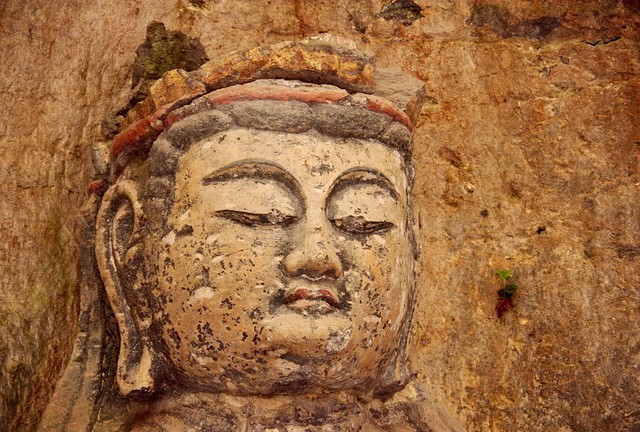
For my last day in Oita, I visited the main sites in Usuki City along with a few sites a little outside of the city centre. Usuki is mainly known for the Sekibutsu Stone Buddhas - which are over 1000 years old.
Before visiting the main city of Usuki, the two sites that I visited on the outskirts included:
(1) Usuki Sekibutsu
(2) Furen Limestone Cave
The main sites visited within Usuki city included:
(3) Usuki History Museum
(4) Ryugenji Temple
(5) Kenshoji Temple
(6) Former Shinko-ji Temple
(7) Marumo Residence
(8) Usuki Castle Ruins
(9) Inaba Residence
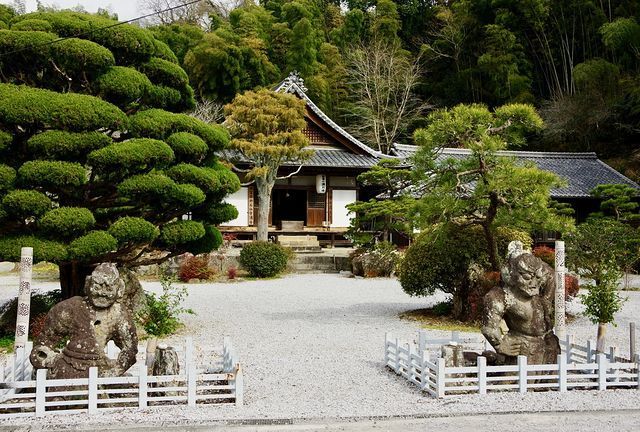
My first stop for the day was the highly impressive Usuki Sekibutsu which is a collection of 59 stone statues which are considered national treasures. Many of the statues date from the Heian and Kamakura era which is roughly between 794AD to 1333 AD respectively. It costs 540 yen to enter.

The main statues are housed in four protective shelters which can be seen above. As the stone is made out of super fine volcanic tuff from a previous eruption of Mt Aso, it is easy to sculpt the rock finely but it also weathers quickly. It should also be noted that there is reasonable english translations throughout this attraction and you will also be given an informative pamphlet in english.
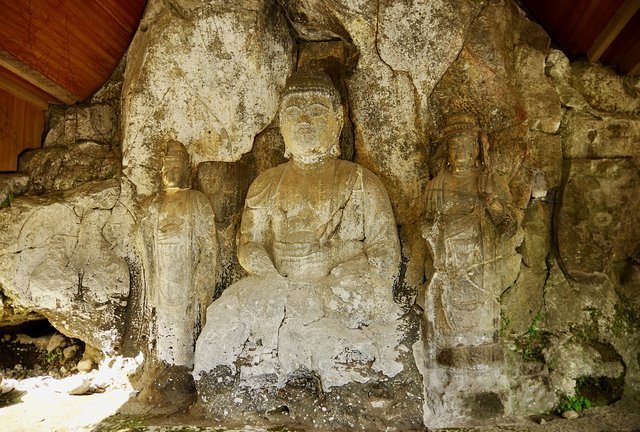
The first set of sculptures houses 9 smaller statues of Amida Nyurai, along with three larger Amida's which are shown above. Note how a small amount of paint can still be seen in the statues. These statues were sculpted in the late Heian era (1000 - 1185AD).
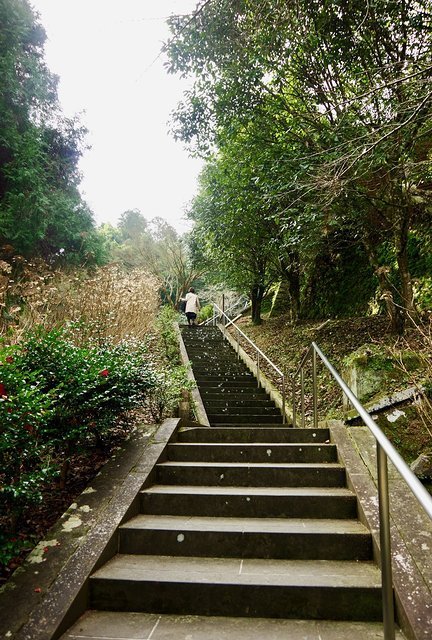
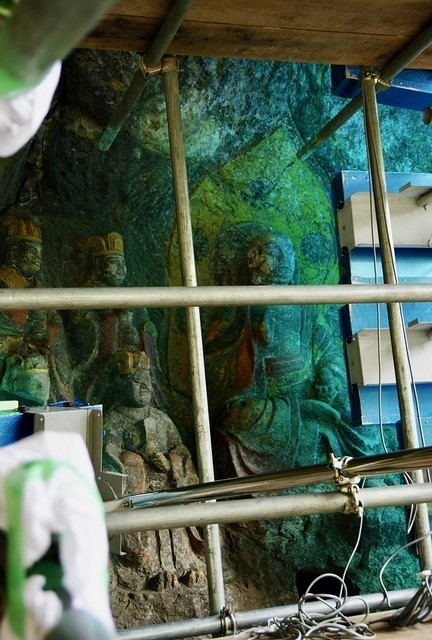
The next cluster of statues were produced between the late Heian and Kamakura period and are quite impressive by themselves, but are not the best out of the entire collection. I will say that the three stone carvings in the picture below are more intricate than many of the others. It's also interesting to note how they are restoring the sculptures as can be seen above.
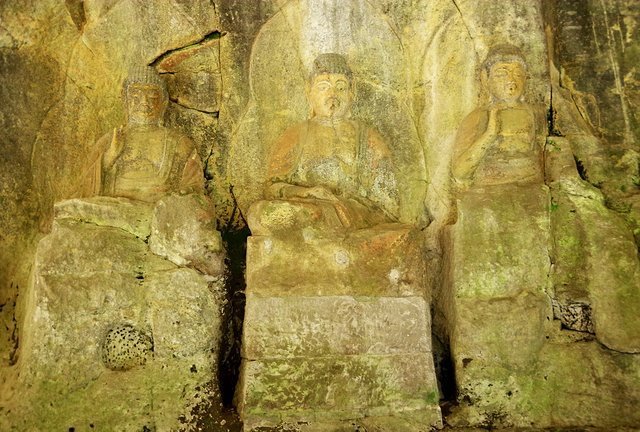
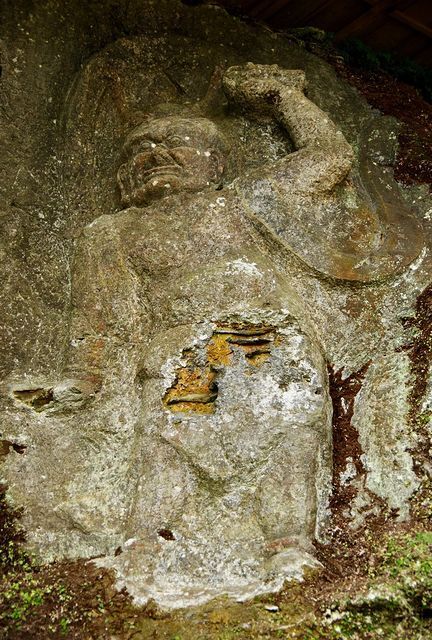

The fourth set of sculptures includes what is considered the best buddha in Japan, which is quite impressive. A closer image can be seen in the top photo on this page.
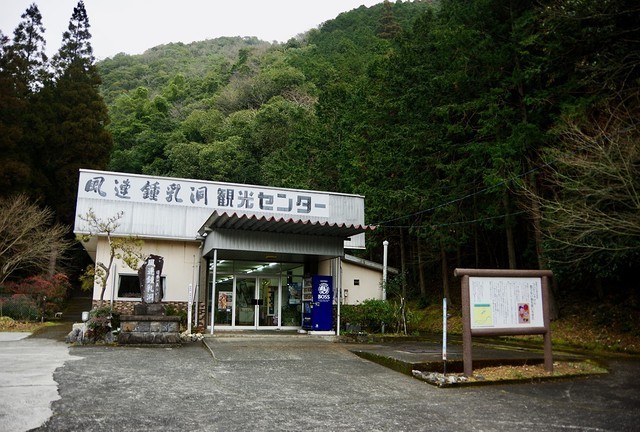
My second stop for the day was Furen Limestone Cave, which is approximately 20KM's from Usuki city. It costs 1000 yen to enter and is roughly 500 meters in length. It's also considered a national monument due to it's beauty.

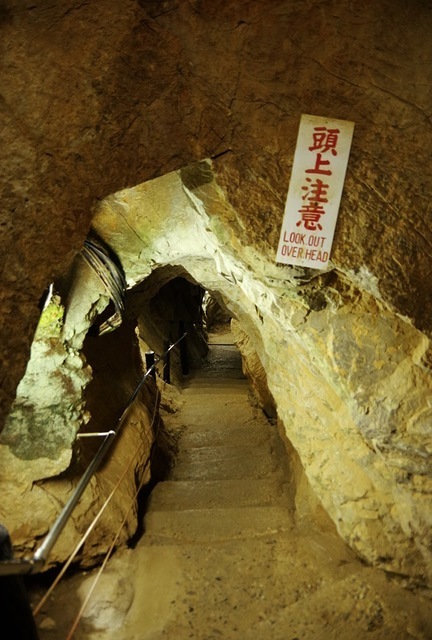
When you first enter the cave, it does not look impressive as this cave did not have a natural entrance. As such, you are walking through man made tunnels to reach the main caverns.
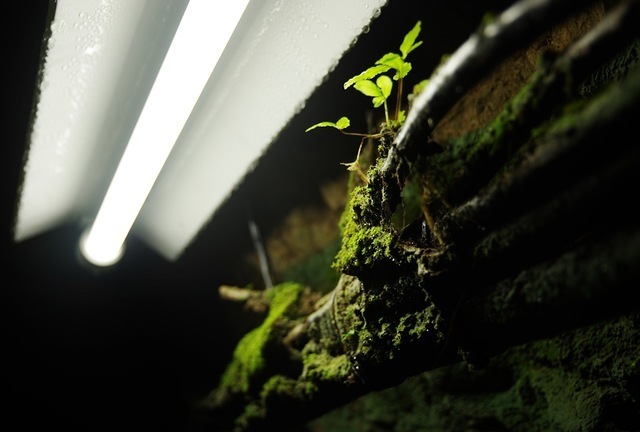
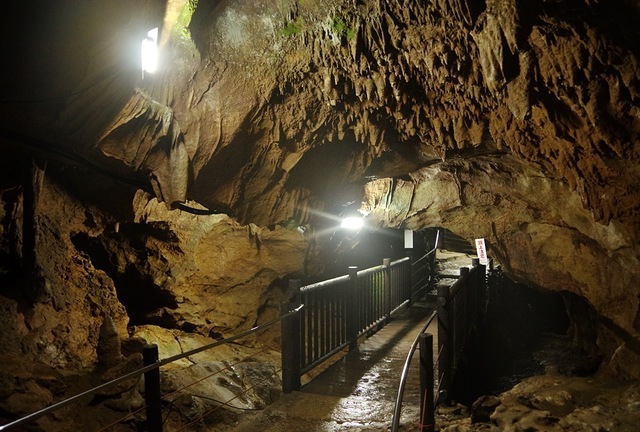
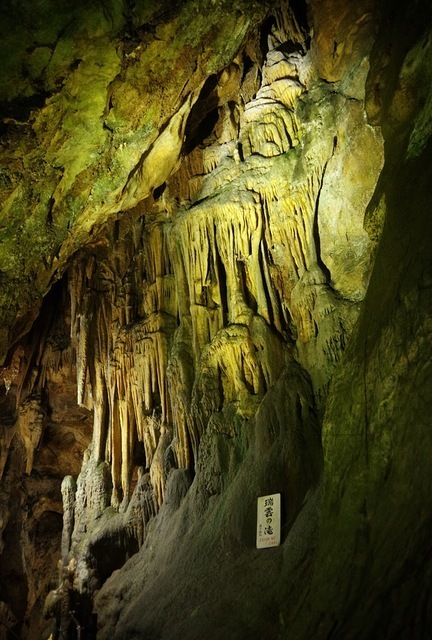
The cave itself has numerous impressive caverns and it should be noted that the high humidity can play havoc with camera lenses. If you can a lense protector, remove it and this should solve the problem of fogging up.
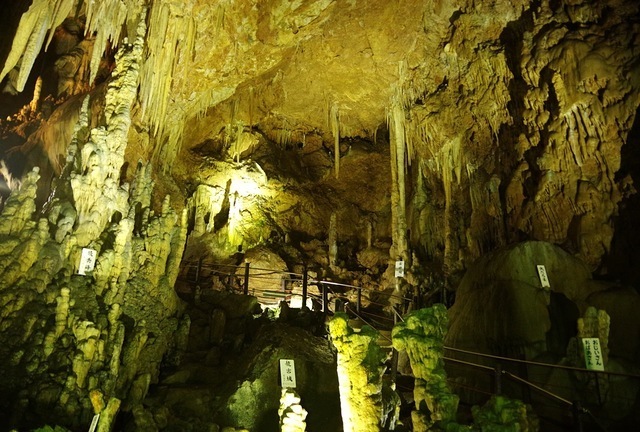


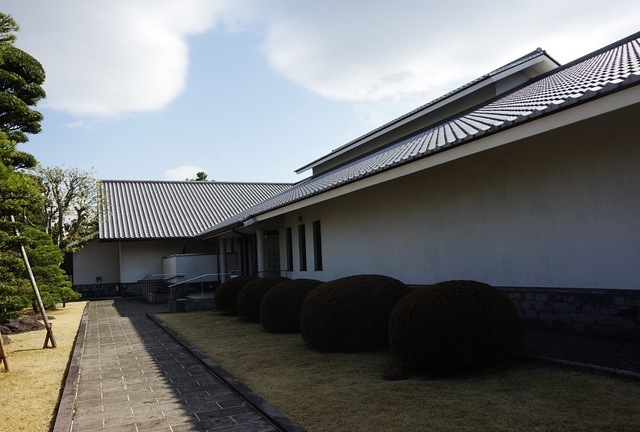
My third stop for the day was Usuki History Museum, which costs 310 yen to enter and does not allow photography. It's collection includes general documents about Usuki, with a particular emphasis on old maps. All information is in Japanese so it can easily be missed.
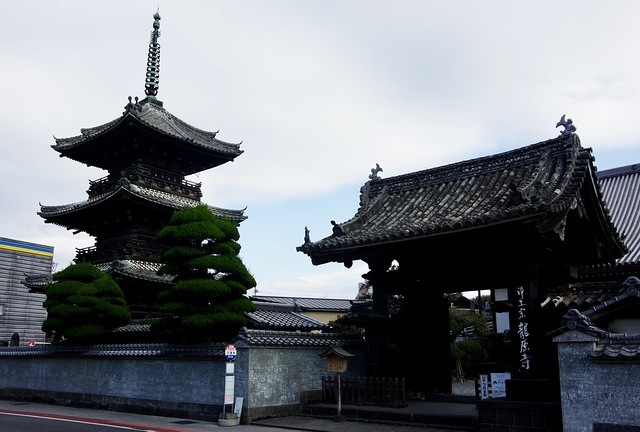
My next stop was the small Ryugenji Temple, which is known for it's three tiered pagoda.
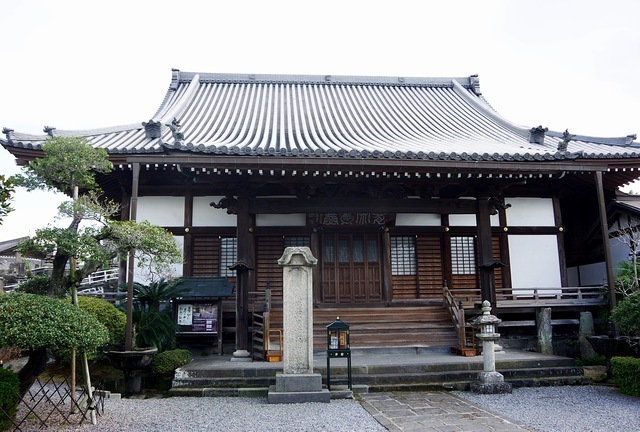
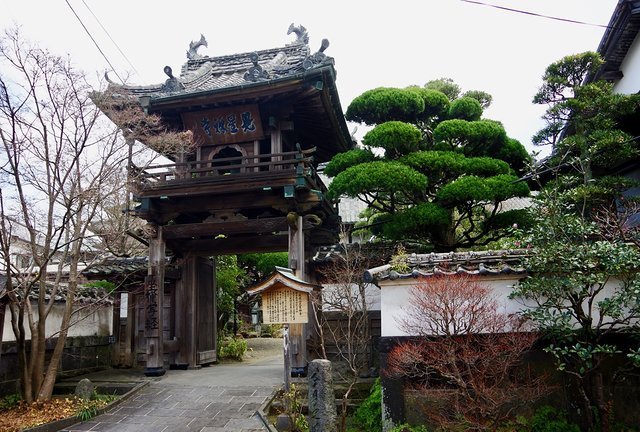
Kenshoji Temple is also located a short 3 minute walk from the previous temple. It's meant to have nice vegetarian meals, which I believe need to be ordered in advance.

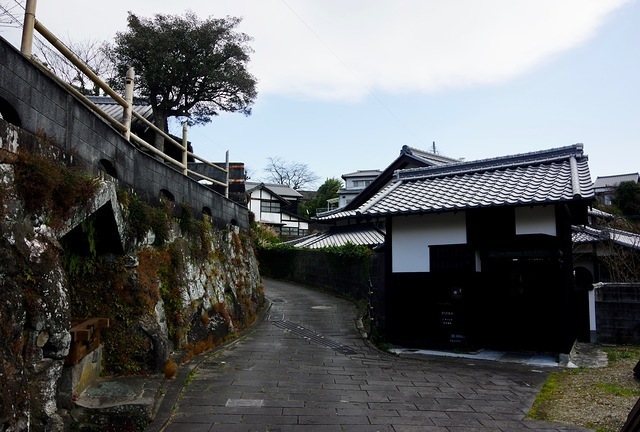

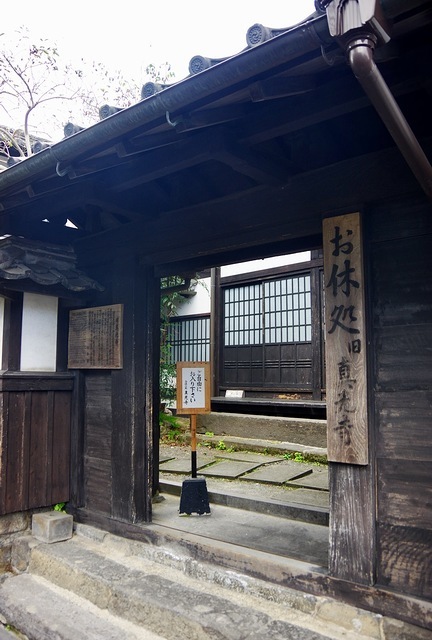
The main streets of Usuki are more traditional than many others, but to large dearth of tourists may have something to do with this. The photo above shows the former Shinko-ji Temple.
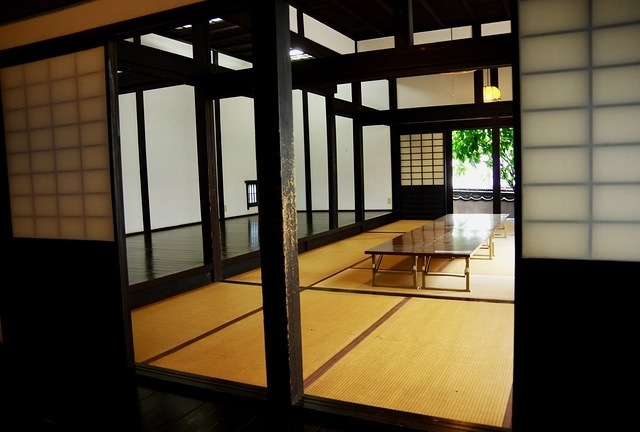

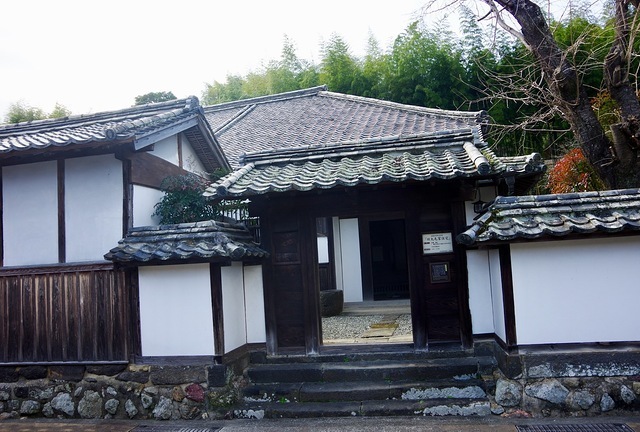
Located around 500 meters from the tourist information centre and close to Usuki Station is the Marumo Residence, which is a former samurai residence. It's free to enter and is reasonably interesting to most tourists.

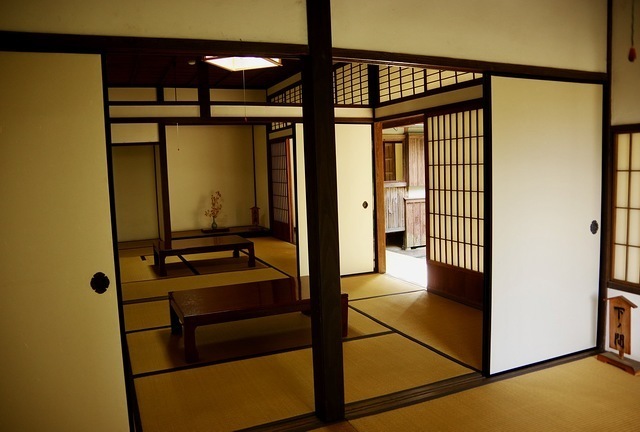

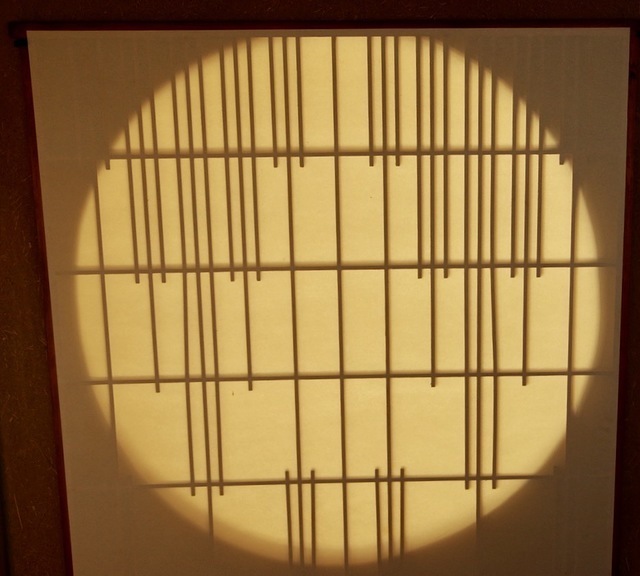

My second last stop for the day was Usuki Castle Ruins, which of course includes a few shrines which replaced the main castle after the Meiji restoration. It's still quite photogenic and would be a nice place for Hanami.

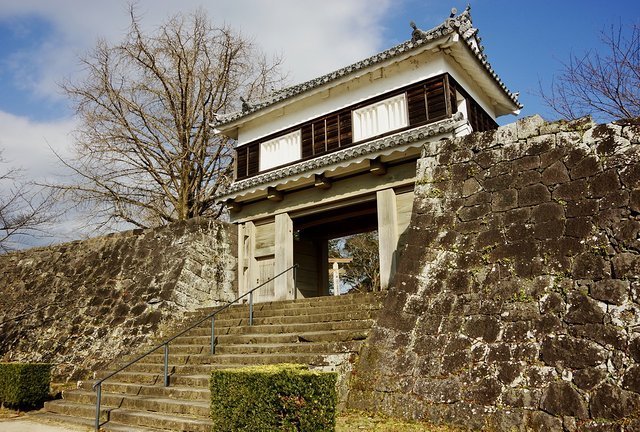
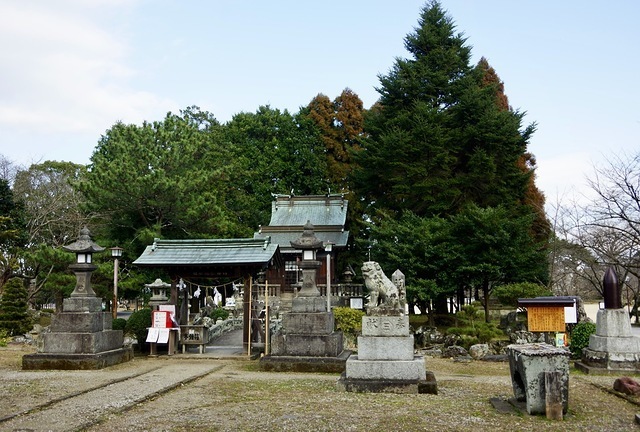
I mention in my previous post on Yufuin that I have not seen a shrine in Japan have a moat surround it's main shrine, but now I've seen two in two days. I guess there are differences in shrines and temples in Japan depending on location - but I never thought the change would be so big. It reminds me of certain types of temples found in China.


An interesting oddity for me was the large playing field on the top of the castle ruins. Some old people were playing croquet while some young elementary kids dressed in baseball uniforms were getting ready in the sides. Will it be a Japanese standoff between who uses the field?
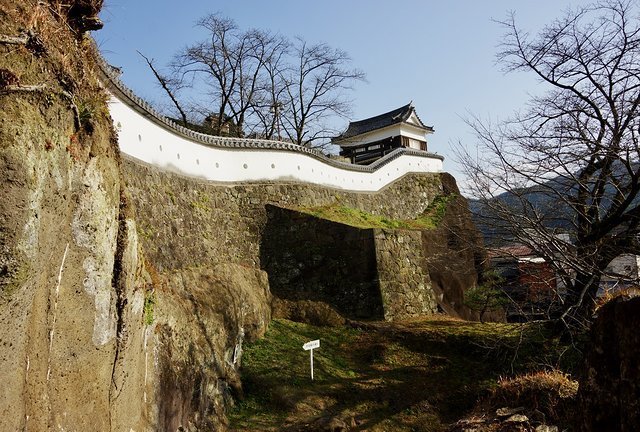
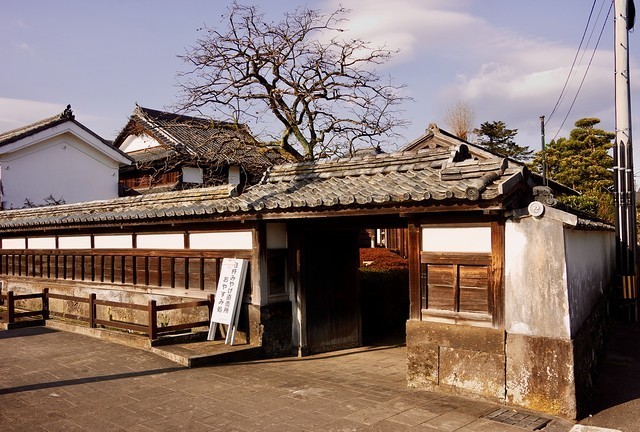

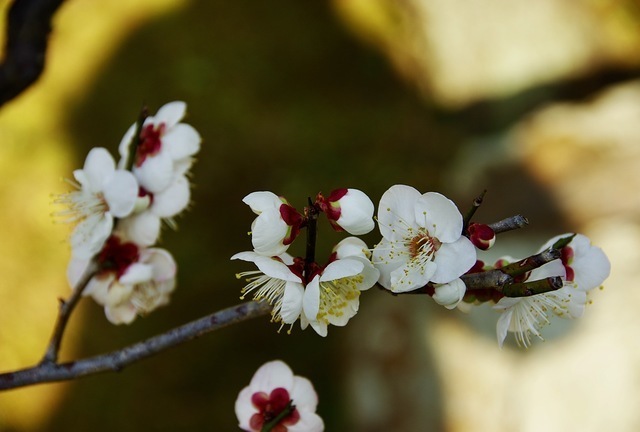
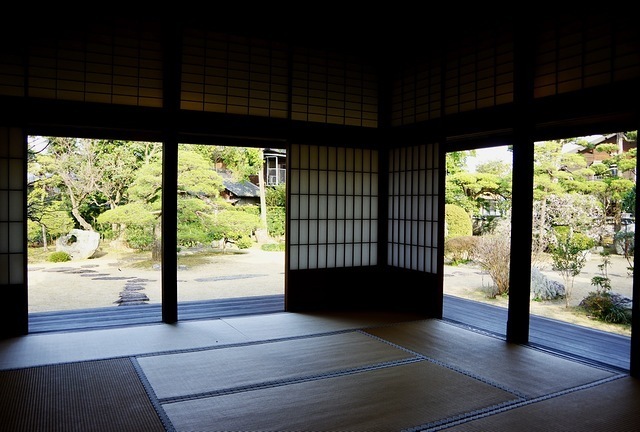
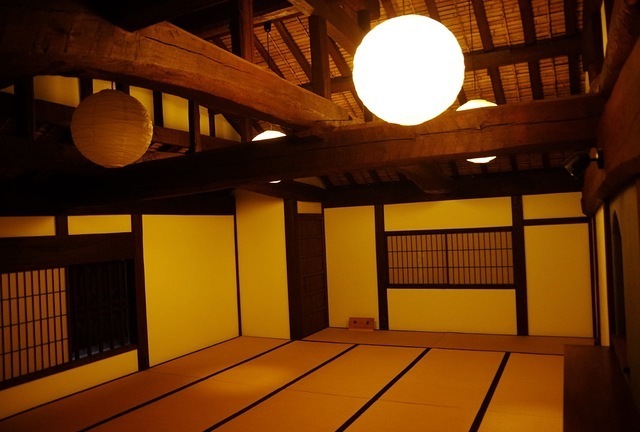

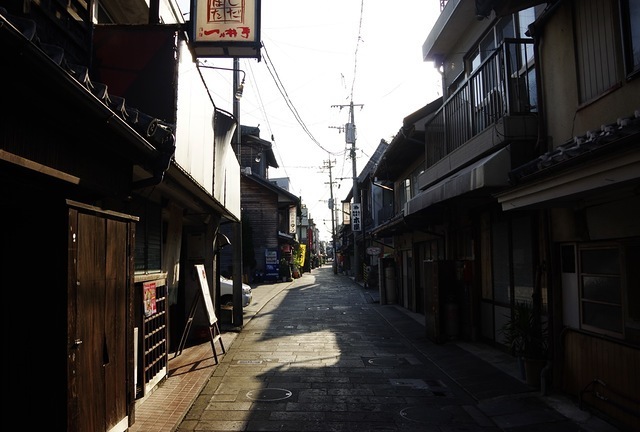
In general, Usuki has really impressed me. It has quite a few good quality attractions and there was a large dearth of tour buses (aka - none!) after being swamped in Beppu and Yufuin. I also found the traditional streets some of the most authentic I've currently come across in Kyushu. For tomorrow, I'll be going to Takachiko in Miyazaki prefecture.
Further Information
Usuki Tourist Information: http://www.usuki-kanko.com (Japanese with english translation option)
Furen Limestone Cave: http://www.furen-shonyudo.com/ (Japanese)
| previous post |
| next post |
